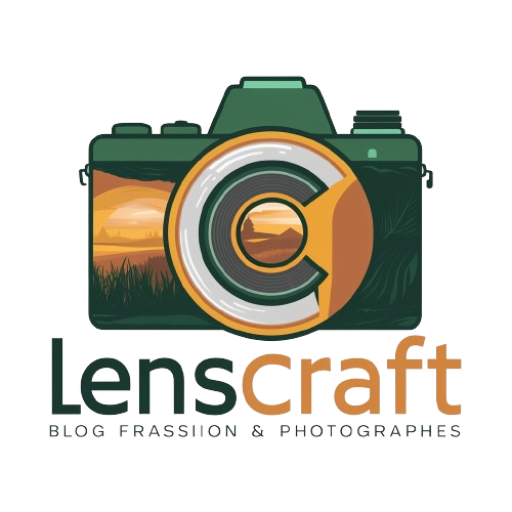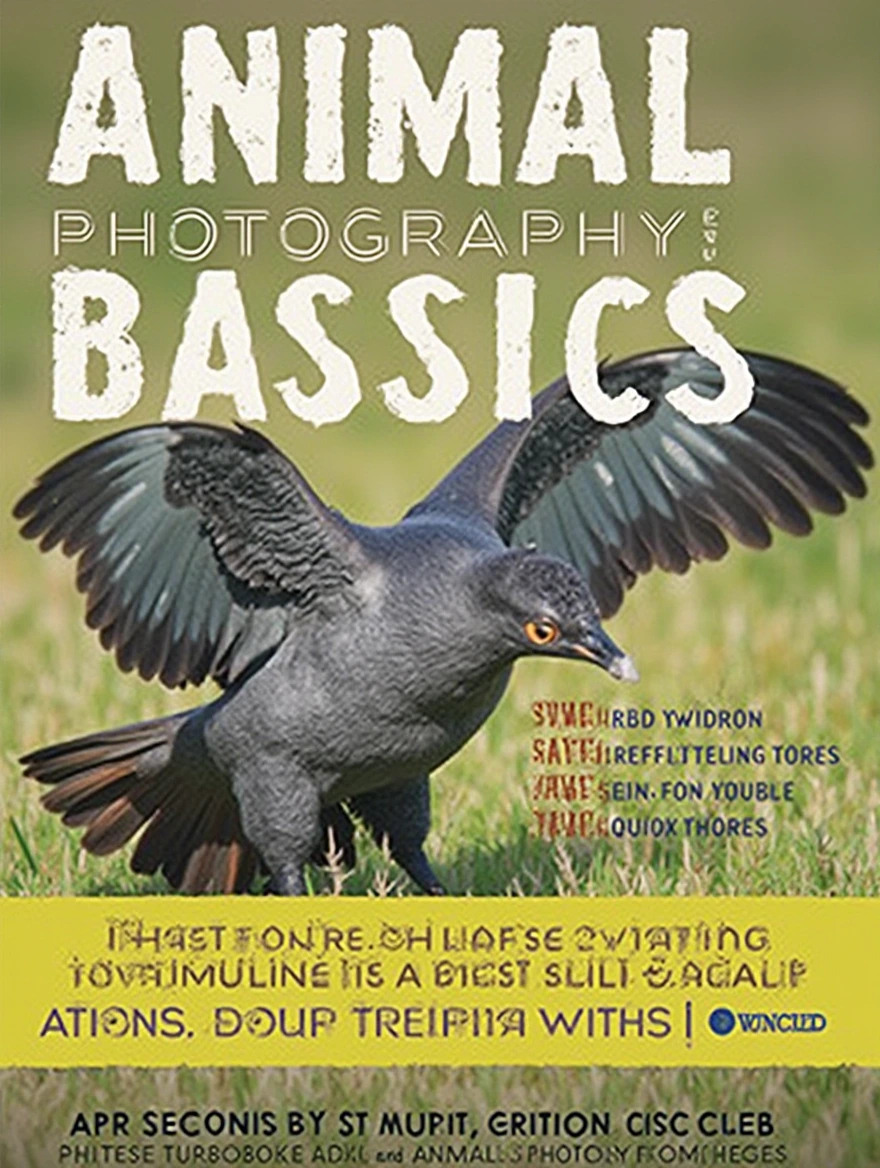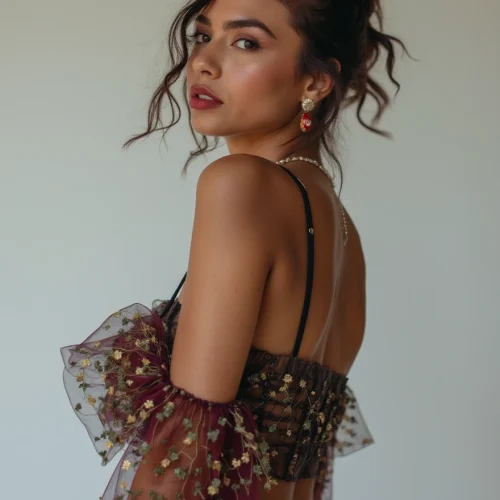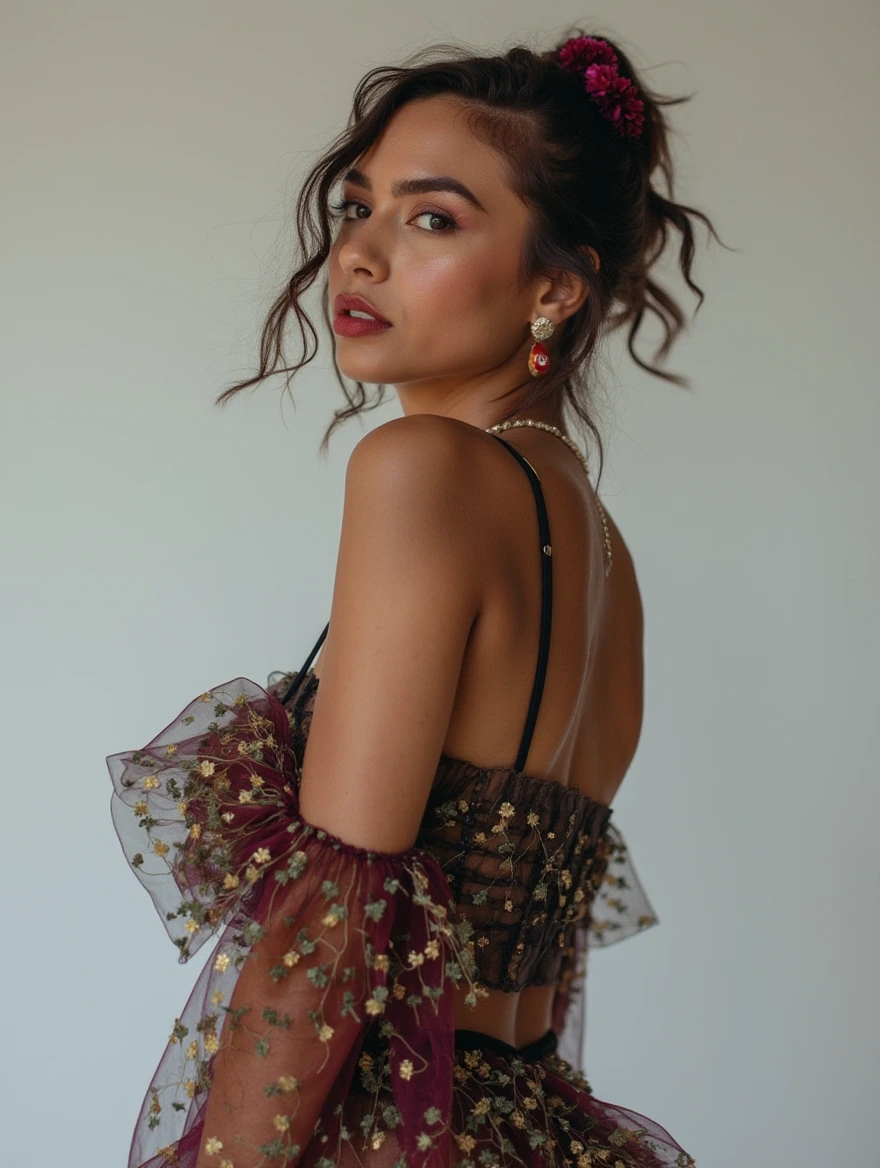Animal Photography Basics
Welcome to the wonderful world of capturing animals through the lens! Whether you are a budding photographer or a seasoned pro looking to enhance your skills, mastering the art of animal photography requires a combination of technical knowledge and a creative eye. In this guide, we will explore the essential fundamentals that will help you navigate the exciting realm of animal photography. From choosing the right equipment to mastering composition techniques, get ready to elevate your photography game and capture stunning images of our furry and feathered friends.
Choosing the Right Equipment
When it comes to photography, having the right equipment is essential for capturing stunning images. Here are some key factors to consider when choosing your gear:
1. Camera Body
- Consider your skill level and budget when selecting a camera body.
- Choose between DSLR, mirrorless, or compact cameras based on your needs.
2. Lenses
- Invest in high-quality lenses for sharper images and better control over depth of field.
- Consider the focal length, aperture, and image stabilization features when choosing lenses.
3. Tripod
- Use a tripod to stabilize your camera and avoid blurry photos, especially in low light conditions.
- Choose a tripod that is sturdy yet lightweight for easy transportation.
4. Lighting Equipment
- Invest in lighting equipment such as speedlights, softboxes, and reflectors for better control over lighting.
- Consider natural lighting sources and how you can manipulate them to enhance your photos.
5. Camera Bag
- Select a camera bag that is durable, weather-resistant, and provides adequate protection for your gear.
- Choose a bag with customizable compartments to organize your equipment efficiently.
By carefully selecting the right equipment for your photography needs, you can elevate your skills and capture breathtaking images with ease.
Mastering Composition Techniques
Composition is a crucial aspect of photography that can make or break an image. By mastering composition techniques, you can create visually stunning and impactful photographs. Here are some key techniques to help you improve your composition skills:
Rule of Thirds
- Divide your frame into a 3×3 grid using two horizontal and two vertical lines.
- Place key elements of your composition along these lines or at their intersections to create a balanced and visually appealing image.
Leading Lines
- Use lines in your composition to lead the viewer’s eye towards the main subject or focal point of the image.
- Leading lines can be straight, curved, diagonal, or even implied through the arrangement of elements in the frame.
Symmetry and Patterns
- Look for symmetry and patterns in your surroundings and use them to create visually interesting compositions.
- Symmetrical compositions can create a sense of balance and harmony, while patterns can add repetition and rhythm to your images.
Depth and Layers
- Creating a sense of depth in your images can add visual interest and draw the viewer into the scene.
- Include foreground, middle ground, and background elements to create layers and a three-dimensional feel in your compositions.
By incorporating these composition techniques into your photography, you can elevate your images and create photos that captivate and engage viewers.








